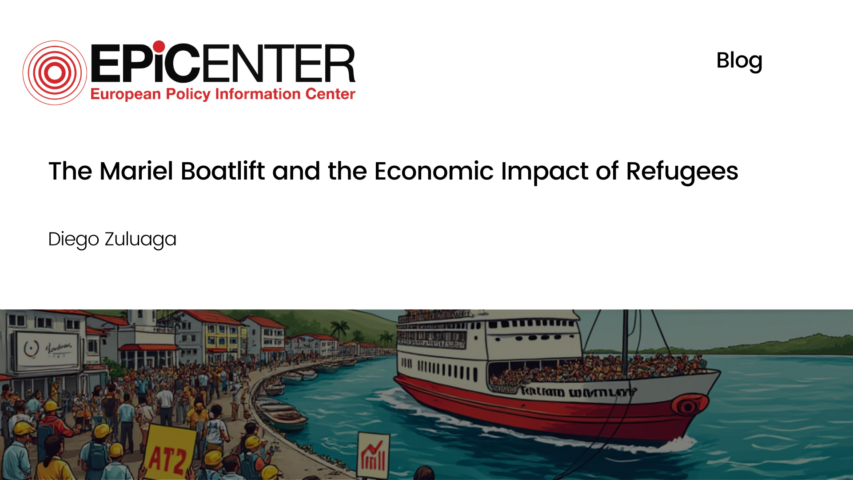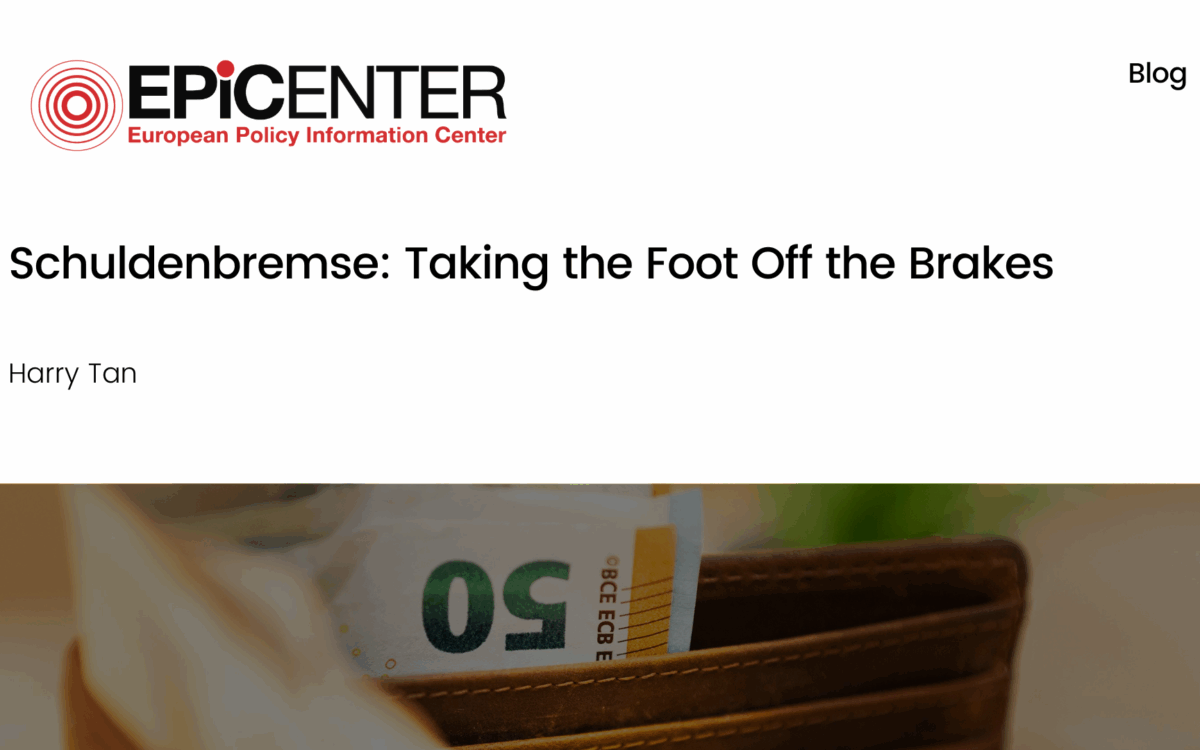The Mariel Boatlift and the Economic Impact of Refugees

The Mariel Boatlift and the Economic Impact of Refugees
Diego Zuluaga // 23.11.2015
Those of you familiar with the 1983 cult classic Scarface by Brian de Palma will remember that it begins with real footage from the Mariel boatlift, during which 125,000 Cuban migrants arrived in Miami in the span of six months, between April and October 1980. The boatlift was an enormously significant event for Miami’s Cuban community, increasing its labour force by 20 per cent, and 7 per cent for the city’s overall working population.
For economists, it provides an exciting natural experiment, one of those rare occasions where the impact of a so-called ‘exogenous shock’ can be studied with any level of accuracy. Namely, because the refugee influx took place over a very short period of time during which other conditions in Miami cannot be expected to have changed much, one does not need to resort to extensive econometric ‘controls’ in an effort to ‘isolate’ the effects of the migration from other relevant factors – a notoriously difficult task in a human science such as economics.
This is precisely what David Card did in a seminal paper for the Industrial and Labor Relations Review in 1990 (“The impact of the Mariel boatlift on the Miami labor market”). Using Census Population Survey data, which are among the most detailed and reliable, Card estimated the effects of the Mariel migrants on the existing Miami workforce between 1980 and 1985. He looked at the impact on overall unemployment and wages, as well as the consequences for relevant sub-groups, such as other Cubans, blacks and non-Cuban Hispanics, who because of their average skill level and main areas of occupation were particularly vulnerable to Mariel migrant competition.
Card’s findings were clear and unambiguous:
“The influx of Mariel immigrants had virtually no effect on the wage rates of less-skilled non-Cuban workers. Similarly, there is no evidence of an increase in unemployment among less-skilled blacks or other non-Cuban workers. Rather, the data analysis suggests a remarkably rapid absorption of the Mariel immigrants into the Miami labor force, with negligible effects on other groups. Even among the Cuban population there is no indication that wages or unemployment rates of earlier immigrants were substantially affected by the arrival of the [Mariel migrants].”
There are other, more recent studies of the impact of refugees on recipient country labour markets, such as recent research on the effects of Syrian migrant influxes on the Jordanian and Lebanese economies. They tend to find overall positive economic effects from refugee arrivals, with occasional negative consequences for low-skilled local labour. At any rate, their findings are subject to highly specific local conditions – war, political instability, large informal economies, heavy reliance on international aid – and are thus hard to extrapolate to other contexts, such as the current wave of Syrian refugees arriving in the EU.
The Mariel boatlift, on the other hand, offers an example of a large migration in a short period of time into a developed economy with reasonably flexible labour markets. Its conclusions can thus reasonably be applied to the European context, with a number of caveats: 1) By the time the marielitos began to arrive in 1980, Miami had extensive experience accommodating new arrivals from Latin America, not just Cubans (from 1959) but also others from Central and South America. The city was thus arguably better prepared than its counterparts to deal with the large influx from Mariel. 2) The composition of the Miami labour market, with high demand for unskilled labour and many businesses operating primarily or even exclusively in Spanish, may also have helped to integrate the largely low-skilled, non-English-speaking Mariel migrants. 3) There might have been some displacement of internal U.S. migrants as a result of the Mariel influx, i.e. people from elsewhere in America who might otherwise have moved to Miami did not.
While these factors help to account for the extremely positive labour-market response to the Mariel boatlift, they are hardly exclusive to Miami. Indeed, many EU countries, among them Spain, France, Germany, Italy and the UK, have had a steady flow of migrant workers into their labour markets for decades, both skilled and unskilled, and the latter have filled important gaps in Europe’s increasingly highly trained and ageing labour force. Additionally, the EU economy as a whole is so diverse that, provided mobility by refugees across Member States is allowed, employers are highly likely to put the skills of arriving Syrian migrants to good use. And it is important to remember that the number of Syrian refugees expected to enter the EU in 2015 – about one million according to UN estimates from earlier this month – represents less than half a percentage point of the EU labour force – 228.6 million as of 2013 – far below the Mariel proportion.
There is little reason to fear adverse economic consequences from the influx of Syrian refugees into the EU. Indeed, provided they are given the possibility to move across Europe and take up productive work, they could well prove a boon on a continent desperately in need of young workers at all skill levels.
EPICENTER publications and contributions from our member think tanks are designed to promote the discussion of economic issues and the role of markets in solving economic and social problems. As with all EPICENTER publications, the views expressed here are those of the author and not EPICENTER or its member think tanks (which have no corporate view).



